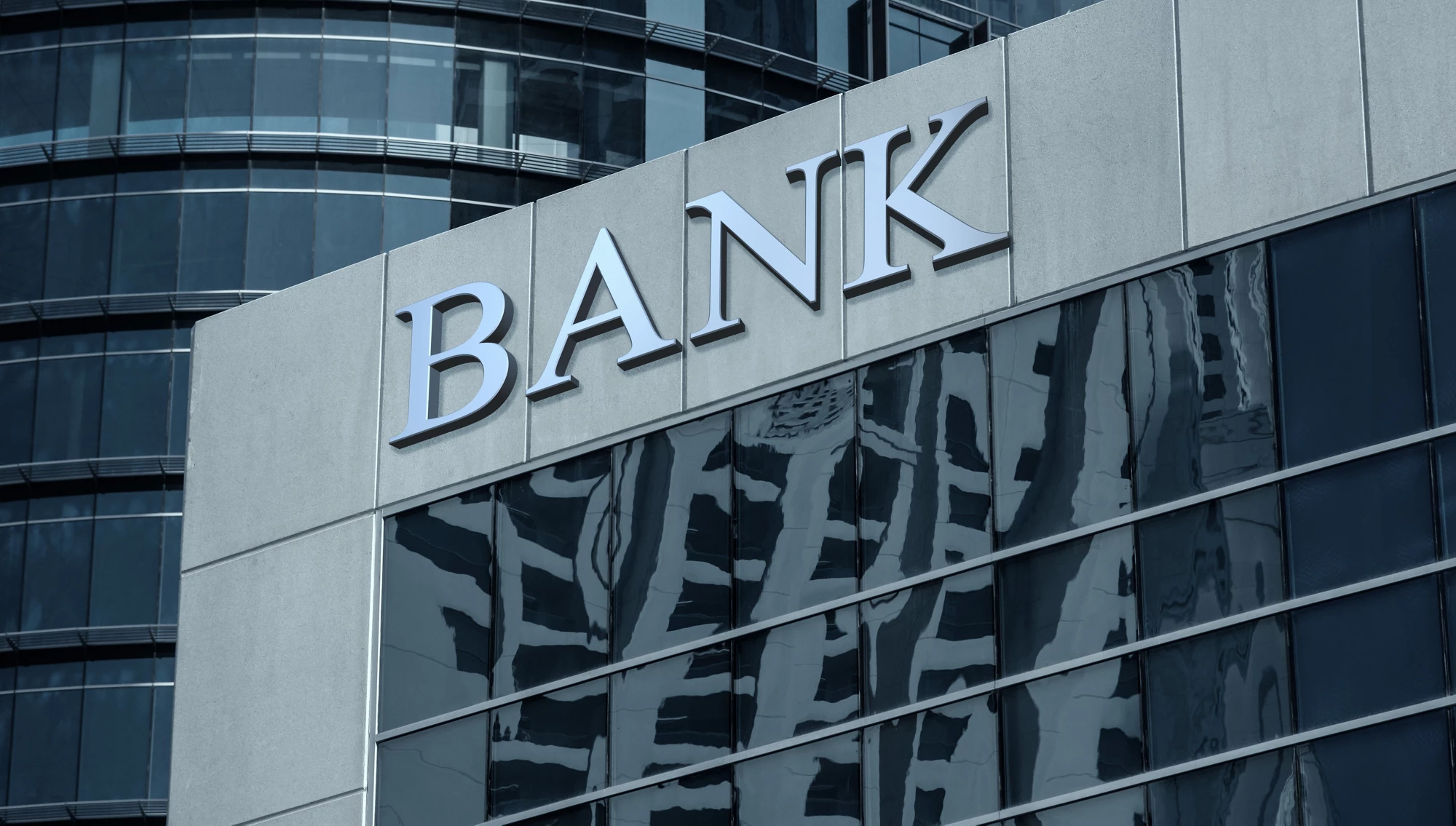 Bank building by Anton Violin/Shutterstock
Bank building by Anton Violin/Shutterstock
From Siemens to Lava Jato to the Panama Papers, corruption headlines have gained more spotlight in recent years. It plagues countries in every region and every income bracket, depriving citizens of public funds and undermining trust in governments. Acknowledging the high price of corruption, some governments and international institutions are attempting to return stolen assets to public coffers. The UNODC-World Bank Stolen Asset Recovery Initiative (StAR) is committed to supporting such efforts.
Asset recovery is an uphill battle. Corruption patterns change frequently, as does political will to pursue challenging cases. Most stolen assets are moved quickly offshore, and they often land beyond the reach of investigators and prosecutors. Governments typically rely on criminal prosecution and confiscation followed by mutual legal assistance processes or civil lawsuits to conduct these cases, but these are complex and lengthy options.
A recently launched new book—Going for Broke, written by StAR jointly with the International Bar Association (IBA) outlines an underutilized way to pursue the restitution of corrupt funds: insolvency and bankruptcy proceedings. These proceedings offer a suite of alternative tools and procedures that can, in certain circumstances, cut through the red tape and return stolen assets to victims. Here is how.
The process typically follows a standard pattern, although it may vary by jurisdiction. When insolvency is declared by a judge, an insolvency representative is appointed to take control of the debtor and its assets. In instances of corruption, the debtor is the corporate vehicle used to enable corrupt activity (a shell company, for example), or the corrupt official himself. Once insolvency is declared, the insolvency representative can gain access to the debtor’s bank accounts, legal files, and accountant records. This enables the insolvency representative to identify where stolen funds are located, exercise appropriate legal claims, and liquidate assets in order to return money to the public from which it was stolen.
In 2015, insolvency proceedings were successfully used to pursue assets stolen in an official corruption scheme in Brazil. The former mayor of São Paulo had been convicted of committing fraud against the taxpayers after authorities found that he siphoned off approximately 20 percent of funds intended for the construction of a highway around the city. A large amount of the cash had been laundered through unlicensed money brokers, deposited into bank accounts overseas, and transferred into the control of two private companies, incorporated in the British Virgin Islands (BVI). After uncovering the scheme, the governments of Brazil and São Paulo successfully sued the two companies. Brazil and São Paulo then applied for creditors rights in a BVI court, so that insolvency representatives would be appointed. The BVI court agreed, and appointed insolvency representatives to take control of the companies. They immediately gained access to records and witnesses, enabling them to piece together the remaining assets from what had been stolen, to be restituted to the taxpayers in Brazil.
Going for Broke: Insolvency Tools to Support Cross-Border Asset Recovery in Corruption Cases sets out, for the first time, a step-by-step guide for asset recovery practitioners on the use of insolvency proceedings in recovering corruption proceeds. The report outlines the procedures associated with insolvency actions, explores challenges associated with this approach, while providing practical methods for various strategic and technical concerns. The book makes particular use of case studies to demonstrate the benefits of cross border insolvency proceedings in international corruption cases and further elaborate the challenges that practitioners face in this pursuit.
We hope that with this guidebook, many governments and public officials confronting corruption as a development challenge can explore the use of insolvency tools as an alternative mechanism to recover their nations’ stolen assets.
Editor's Note: This blog was originally published on the FCPA Blog.



Join the Conversation